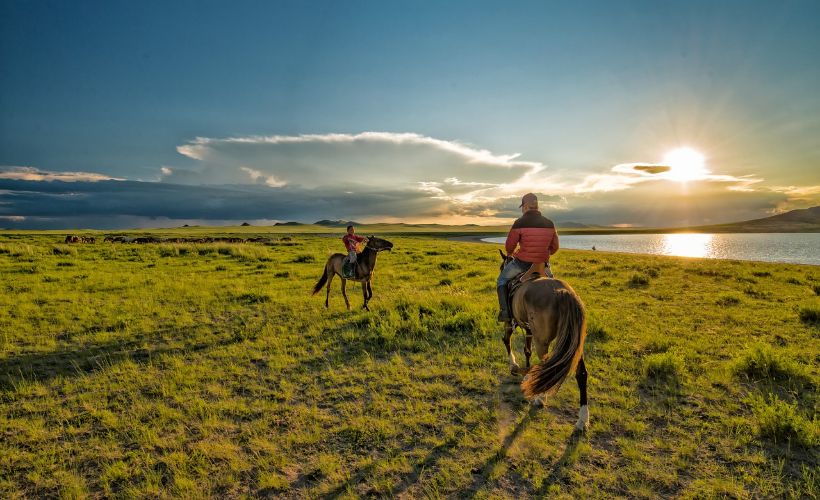 10 October 2019
10 October 2019
Thursday
8:20PM
Dear you,
If you ever come to Cusco, don’t make the same mistakes I made. Check the location of your hostel before booking, and make sure it is not located up a hill. I didn’t think a tiny hill would be an issue; but then I forgot Cusco is over 3,000 metres above sea level, and you know how I am with the altitude… not great. Not only am I up a hill, once I enter my hostel, I have to walk up even more flights of stairs. I don’t get headaches and nausea anymore, like in La Paz, but I still constantly feel like I’m out of breath dying. All I knew about Cusco before this was its relation to The Emperor’s New Groove, that Disney animated film where the emperor was called Kuzco. And that people come here to climb Machu Picchu. Now I know it’s high up and really cold.
Anyway, to get here from La Paz, I took this bus company called Bolivia Hop. It’s quite a nice sightseeing service because they stop at attraction points along the way. You can hop off for just a few hours or choose to stay on for a few days, then hop back on the next bus which passes through the same route. Only tourists take this bus, so you can meet other travellers and make friends.
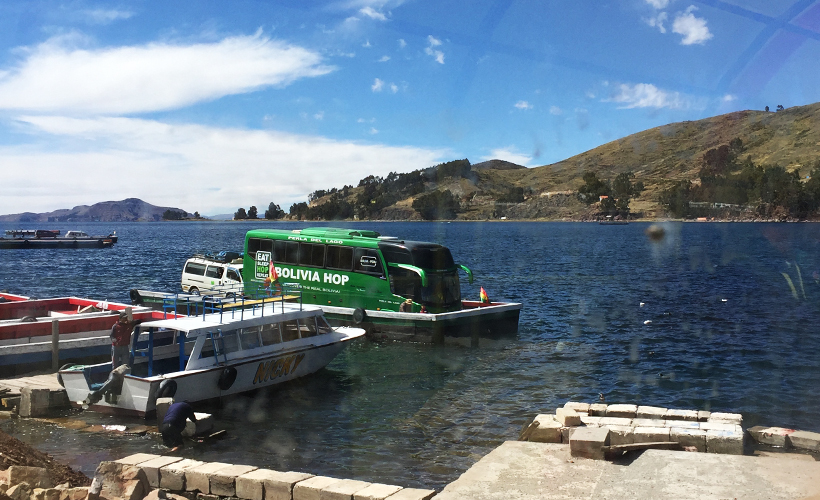
My main reason for going with this company was because I had overstayed my Bolivian visa, and these guys had bilingual speaking guides on the bus. So if anything went wrong, I could ask them for assistance. If I went with a local company and faced problems at the border, they might just leave me there. Since I heard good reviews about Bolivia/Peru Hop, I made the safe albeit slightly pricier choice. Thankfully, all went well. I had to pay the overstaying fee (BOB27 (approximately USD4) per day), but I got a friendly immigration officer, so it wasn’t too stressful.
Before we got to the border, we stopped by South America’s largest and the world’s highest lake — Lake Titicaca. We were given the option of doing a short hike around Isla del Sol, an island in the middle of the lake, believed by the Andeans to be the birthplace of the sun. The thing is, once I hear the word ‘hike’, I immediately get turned off. I already know for a fact how much I hate hiking. Yet, the other half of my brain tends to go, “But you’re already here. Just go. It’s only an hour’s hike. And the view is probably amazing.”
Side note: To get to Titicaca, you will stop at Copacabana. The name of this place confused me for so long because I kept wondering why Barry Manilow would sing about a random place in Bolivia. Only later on I found out there’s another Copacabana in Brazil – the right one. My geography is the worst.
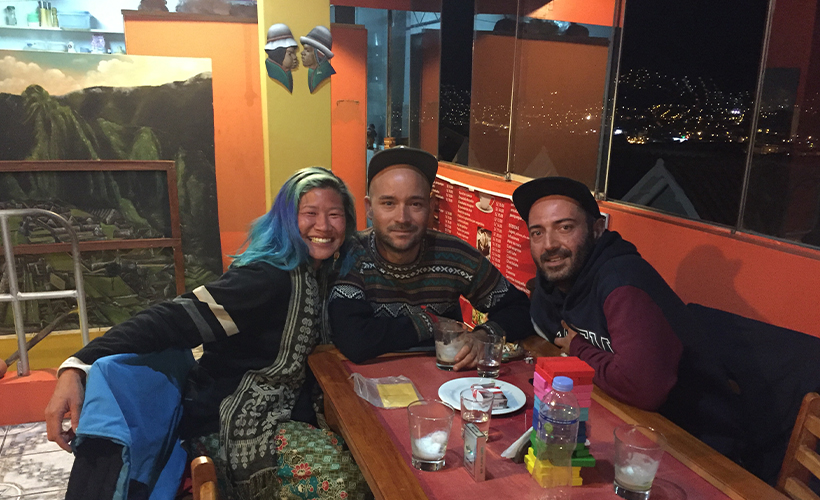
Anyway, I decided not to go because you had to pay BOB70 (approximately USD10) and I only had enough to pay my overstaying fee. But then I made friends with this German girl and she insisted I join, so she paid for my ticket and I went on the hike.
I think I hate hiking because it reminds me of how weak I am. I’m glad the German girl often stopped to take a bunch of photos, because it meant I could rest too. I swear I was panting within the first five minutes. Often behind or just in front of us was another couple. When I got to talking to them later, they also admitted to using their camera simply as a prop or an excuse to stop, because they couldn’t breathe easily either. I hung out with this couple again later on in Cusco, which felt good. New city, and yet I already had new companions. After we got off the island, the German girl asked if the hike was worth it. I hesitated in answering, and then felt bad in case she felt as though she just wasted her money on me. It was definitely a beautiful view, but I think I need to stay in a place to appreciate its beauty. If I was camping there and I woke up to this view, I’d be like wow, this is amazing. But just walking up, looking at it, then walking down, I didn’t feel much – except for fatigue.
Exploring the ‘pancake trail’ was the trip of a lifetime for Raisa, so she decided to relive the experience by backpacking through Europe. Here’s how the experiences compare:
Backpacking: Southeast Asia vs. Europe
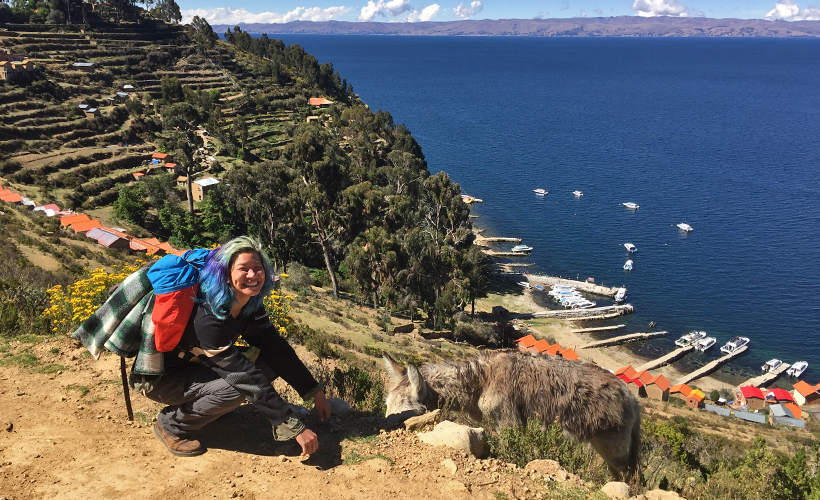
Once we crossed the border, we switched vehicles and I was so pleased to finally get out of a Bolivian bus and onto a Peruvian one. It’s like going from Economy to Business Class. Not exaggerating. Tip: If it’s a double-storey bus, always choose the bottom. The seats are wider.
After arriving in Cusco and got checked into my hostel, the first couple of days were mostly spent at cafes with my laptop because I felt like writing. Then I got upset at myself for spending so much money just sitting in a cafe. Cusco isn’t exactly cheap either. Although, what I’ve come to realise is that I can’t trust articles when they say a place is cheap. Cheap is, of course, relative, but more importantly, is mainly applicable to those earning in USD. Or any strong currency. When I read a piece saying, “So and so is really cheap to travel! You can survive on USD35 a day!” I feel like yelling back, “That’s not cheap! That is almost RM150 a day!” I think it’s harder to get cheaper than Southeast Asia. So I have to stop thinking these places are cheap and then getting disappointed when they’re not really.
My hostel is 15 Soles and goes for RM18.50 (approximately USD4.50) a night. Which is alright. I’m not going to complain about that price. Although, I will say that the place is tiny. There are no lockers available. I’m in one of two dorm rooms, with 12 beds in total, all sharing one single toilet plus bathroom, with no toilet paper provided. On my first night, a drunk guy crawled into my bed. Twice. He wasn’t trying to be creepy. He genuinely couldn’t find his bed, which was directly across from mine. He got kicked out yesterday though for being too drunk again. It was probably only around 7pm and he was already off his face. Cusco has a lot of party hostels and this wasn’t even one of them. I can’t imagine what it would be like staying in one of those. But I am pleased they offer free breakfast. Oats, bananas, and bread, buffet style!
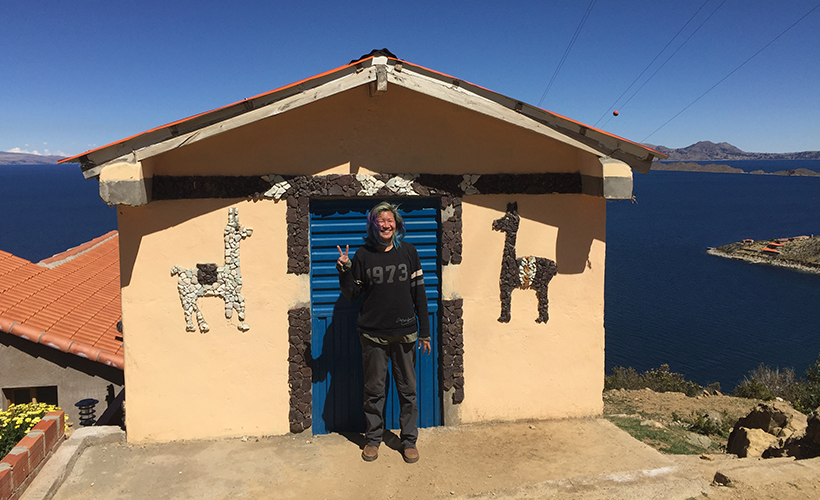
My main highlight for being here is none other than to meet with my friend, Angela. She’s travelling with another friend, Cindy, and they just returned from doing Machu Picchu yesterday, so we finally got to meet up this morning. It’s so surreal to see her here. They’re staying at a fancy hotel, which only means I totally took a shower at their place. And I can finally run my fingers through my hair. Usually it’s too knotty from days of going unwashed.
We went to Mercado San Pedro. It’s a famous market in this area where you can find everything. Artisanal handmade bags, alpaca ponchos, jewellery, the usual. Then, you get rows and rows of cheeses, meats, fish, fresh fruit, dried fruit, chocolates even. Fresh juices with women yelling out, “JUICE! JUICE! LADY, LADY, COME DRINK JUICE! NO SUGAR! NO WATER!” Definitely very tempting every time I passed by them. Food vendors are also in abundance. Hawker stalls selling ceviche, rice dishes, and something that looks like kuey teow (flat rice noodle) soup except they use pasta instead of kuey teow.
Southeast Asia — an eclectic region of food markets, jungles, beaches, hot humid summers, and wild wet monsoon seasons. Many backpackers view travelling here a rite of passage:
Mistakes To Avoid While Backpacking Around Southeast Asia
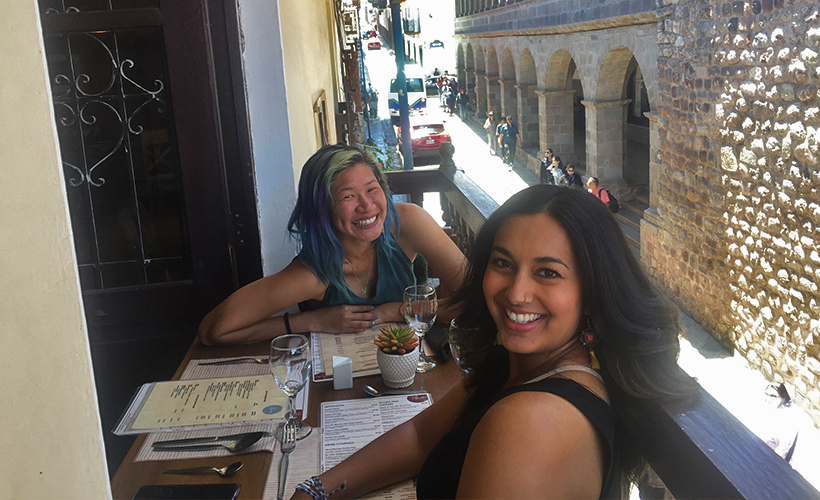
We had ceviche first, then a local snack called Choclo y Queso. When I first heard that name, I thought, “Chocolate and cheese!” But nope, it was corn and cheese. Not even melted cheese though. Just a steamed cob of corn, with a thick slice of cheese. You’re meant to bite both at the same time. But the cheese always finishes before the corn. And the corn on its own is not great. To me, at least. I prefer Malaysian corn. Much sweeter. The ones here are thick and fat and hard. I want to try their delicacy of roasted guinea pigs on a stick though. I heard you can find it in markets, but I haven’t seen them yet. Restaurants of course serve them too, but often for RM60 (approximately USD 14) or more.
One thing I didn’t expect to be a speciality in Cusco – yet you can’t walk 100 metres without getting asked if you want one – is a massage. Especially along the main square, Plaza de Armas. Literally every two minutes you’ll have a woman asking you if you want a massage for PEN20 (approximately USD6). But since Peruvian massages aren’t something that has gained a reputation like Thai massages, I am highly doubtful of the quality. I suppose this is the only annoying thing about being in a touristy city. You can’t sit in a place for five minutes without having someone asking you if you want a tour or a massage or a painting or a necklace. But then again, that’s how they make their living and I shouldn’t get annoyed. Another observation: I feel like every city in South America calls its main square Plaza de Armas.
I should get ready now though. Angela and Cindy will be back soon from their trip to the Planetarium Cusco and I’m going to meet them for dinner. Speak to you again soon!
Besitos!
Con amor,
Petrina
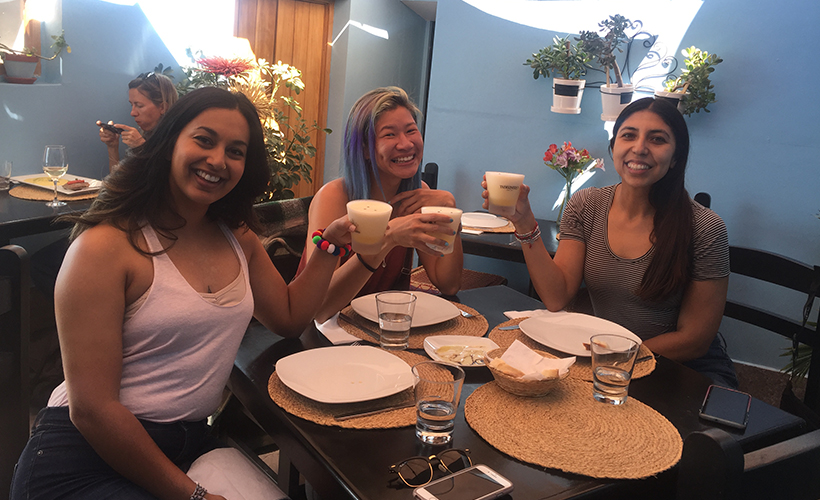
P.S. An observation of how to sound more manja or affectionate:
Simply add an “-ito/-ita” to words when you want to express fondness.
For example: Beso (a kiss), said with more affection, would be Besito.
Grandmother in Spanish would be Abuela, but more lovingly, you’d say Abuelita.
If your friend’s name is Pepe, you can call him Pepito.
Or “-cito/-cita” if the word ends with a consonant. (Pronounced with an ‘s’ sound, not a ‘ch.’)
For example, they use this a lot for food and drinks as well.
Pan (bread) becomes pancito.
Café/Té (Coffee/Tea) becomes Cafecito and Tecito.
I’m trying to make sense of this in my head as I’m trying to explain it to you. But I think sometimes Spanish logic simply depends on whether it sounds nice and rolls off your tongue. I can’t wait until I’m better this.
*All photos courtesy of the author



